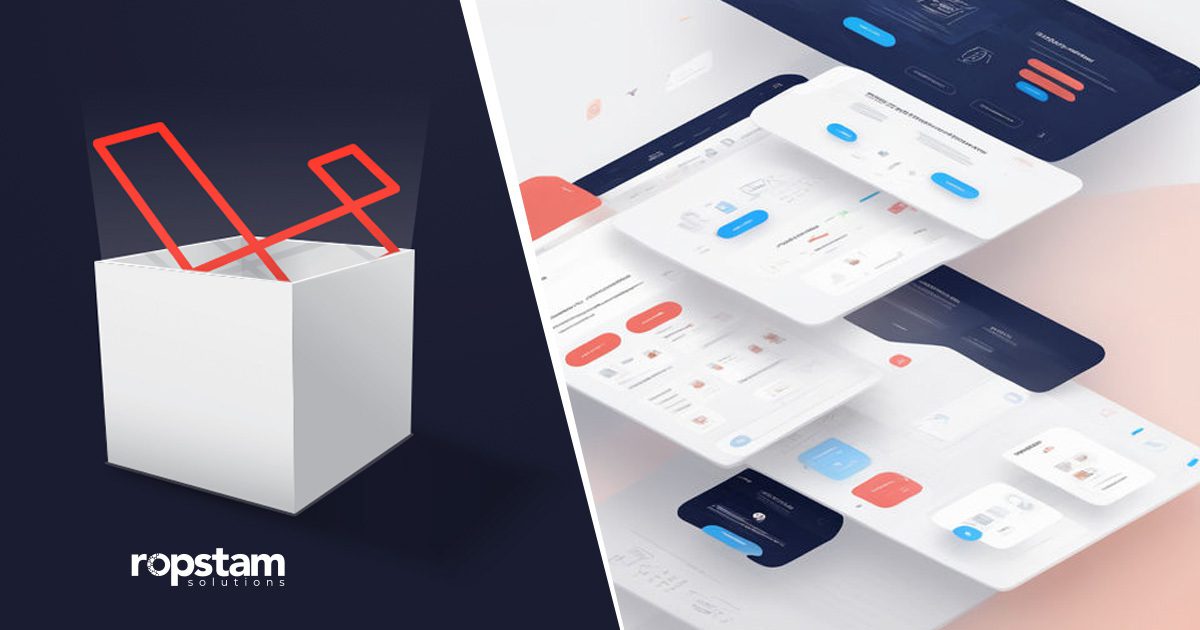The introduction of the Gutenberg editor in WordPress 5.0 marked a paradigm shift in content creation. Unlike the classic editor, Gutenberg brought block-based content creation to the forefront, emphasizing modular design and streamlined UI/UX. But Gutenberg isn’t just a convenient interface for content creators — it’s a robust framework for developers to build custom blocks tailored to specific website needs. This article dives deep into the art and architecture of custom Gutenberg blocks, touching on their React-based structure, tools, and techniques for building scalable, accessible, and performant WordPress experiences.
Gutenberg – More Than a Block Editor
While Gutenberg is often referred to as just a block editor, it is more accurate to describe it as a JavaScript-driven frontend interface built using React, Redux, and REST APIs. Gutenberg transformed WordPress from a content management system into a visual site builder. Developers can now create tailored experiences that integrate seamlessly with the WordPress ecosystem.
Its open architecture enables the development of custom blocks, dynamic components, and even full-page layouts while maintaining the familiar WordPress backend. The Gutenberg ecosystem is a gateway into a modern development stack that prioritizes flexibility, reusability, and front-end excellence.
Understanding the Building Blocks
At its core, Gutenberg operates using blocks, reusable components representing content elements — paragraphs, images, buttons, quotes, or any other custom UI element.
Each block comprises:
- Edit Component – Determines what the block looks like in the editor.
- Save Component – Defines what is rendered on the front end.
- Attributes – Data that shapes the block’s content and configuration.
- Controls – User input elements such as text fields, toggles, or color pickers.
These pieces allow developers to craft intuitive, interactive interfaces that extend the editing power of WordPress.
Introduction to React in Gutenberg
React, the powerhouse behind Gutenberg, may seem unfamiliar to traditional PHP-focused WordPress developers. However, its component-based architecture and Gutenberg’s simplified APIs make the transition approachable and empowering. With hooks like useState and higher-order components like withSelect and withDispatch, Gutenberg equips you with everything needed to create rich, dynamic editing experiences.
React enables real-time rendering, meaning changes made in the block editor are immediately reflected in the UI. With hooks like useState and higher-order components like withSelect and withDispatch, Gutenberg provides everything needed to create rich, dynamic editing experiences.
Understanding JSX (a syntax extension for JavaScript) and React principles like props, state, and lifecycle management is crucial for developing complex blocks.
Anatomy of a Custom Block
A custom Gutenberg block consists of three primary layers: the editor interface, the attributes, and the saved frontend content.
Editor Interface is what the content creator interacts with inside the WordPress editor. It may contain fields, buttons, toggles, or color pickers that let the user configure the block.
Attributes are pieces of data that the block stores and manages. They can represent anything, from simple text input to dynamic settings like color themes or alignment.
Saved Output defines how the block will be displayed to users on the site’s front-end.
Each layer must be carefully planned and connected for a smooth and meaningful editing experience.
Tools You’ll Need
You’ll need a modern web development setup to build custom Gutenberg blocks effectively. Here’s what’s essential:
Node.js and npm: These are required to manage packages and run build tools.
A local WordPress installation: Tools like LocalWP or Docker-based setups are recommended for quick development environments.
@wordpress/scripts: This is a pre-configured build setup provided by WordPress for efficiently compiling JavaScript and styles.
SCSS or Tailwind CSS: These help style your blocks in a modular and scalable way.
These tools streamline development and ensure your blocks integrate seamlessly with WordPress.
Step-by-Step: Creating Your First Custom Gutenberg Block
To build a custom block, set up a plugin folder and register your block with WordPress. From there, define the block’s title, icon, category, and the interface that users will see in the editor.
Next, define how the block should behave. For example, will it allow users to enter text, choose an image, or select a color? These are handled through customizable input fields tied to the block’s attributes.
Once this is done, define how the block’s content will appear on the front end. This can be a simple static layout or a fully dynamic, server-rendered design.
Registering the Block with register Block Type
To introduce a custom block to WordPress, you must register it. This process connects your block with the WordPress block editor. During registration, you declare essential information such as the block’s title, editing interface, saved output, and the attributes it uses.
This is the foundation of every block and must be done correctly to ensure compatibility and visibility in the editor.
Adding Editable Fields and Inspector Controls
Blocks become powerful when they are customizable. WordPress provides several built-in components for adding editable fields, such as text inputs, checkboxes, sliders, and dropdowns.
You can also use Inspector Controls, which include sidebar options allowing users to configure additional settings (like font size or alignment). These controls offer flexibility and enhance the usability of your custom blocks.
Styling with SCSS or Tailwind CSS
When it comes to styling your blocks, there are two primary approaches: using SCSS (for modular styling) or Tailwind CSS (for utility-based styling).
SCSS allows you to write maintainable, nested styles compiled into CSS. Tailwind CSS, on the other hand, offers a utility-first framework where you style elements directly in your markup using predefined classes.
Whichever approach you choose, the goal is to ensure your block looks good both in the editor and on the live site, while remaining lightweight and responsive.
Advanced Customization and Dynamic Blocks
Static blocks are great for basic content, but dynamic blocks open up possibilities. These blocks pull content from the server and render it on the front-end based on real-time data.
Dynamic blocks are handy for displaying recent posts, user-specific content, or data from external APIs. They rely on server-side rendering, where PHP functions generate the block output during page load.
This approach ensures that the content remains up-to-date and adapts to the context in which it is displayed.
Using PHP to Power Server-Side Blocks
WordPress allows you to define a render callback for server-rendered blocks — a PHP function that outputs the final HTML. This method gives you complete control over the block’s appearance and behavior based on WordPress functions, templates, or database queries.
This is ideal for blocks that depend on shortcodes, user roles, or live content.
Fetching and Displaying Dynamic Data
Blocks can fetch and display data dynamically using JavaScript APIs. For example, your block should show the latest blog posts, fetch custom field data, or even pull information from a RESTful API.
These blocks offer interactive and personalized experiences that go beyond what static content can offer.
Making Blocks Reusable Across Themes
To ensure that your custom blocks work well across multiple themes:
- Avoid hardcoding styles.
- Use WordPress’s built-in support for typography, spacing, and colors.
- Stick to semantic HTML and modular design patterns.
Reusable blocks save time, reduce redundancy, and offer consistency across pages and sites.
Optimizing for Performance and Accessibility
A well-built block should not slow down the site or create usability issues. Here’s how to optimize:
Lightweight JS Practices
Minimize JavaScript usage where possible. Avoid bloated libraries, and use efficient rendering techniques.
Accessibility Best Practices
Incorporate ARIA attributes, keyboard navigation support, and semantic tags. Always test with screen readers and keyboard-only input.
Lazy Loading and Conditional Rendering in Blocks
Load heavy components only when needed. This improves the editor’s speed and enhances the frontend performance.
Conclusion
Building custom Gutenberg blocks is more than just a development task — it’s a craft. It involves understanding the intersection of frontend technologies, backend logic, user experience, and content management.
As WordPress continues to evolve into a full-fledged site-building platform, developers who master Gutenberg block development will find themselves at the forefront of modern WordPress innovation.
Whether you’re building blocks for clients, theme integrations, or product features, one thing is clear — mastering Gutenberg gives you a potent edge in creating scalable, flexible, and future-ready WordPress experiences












